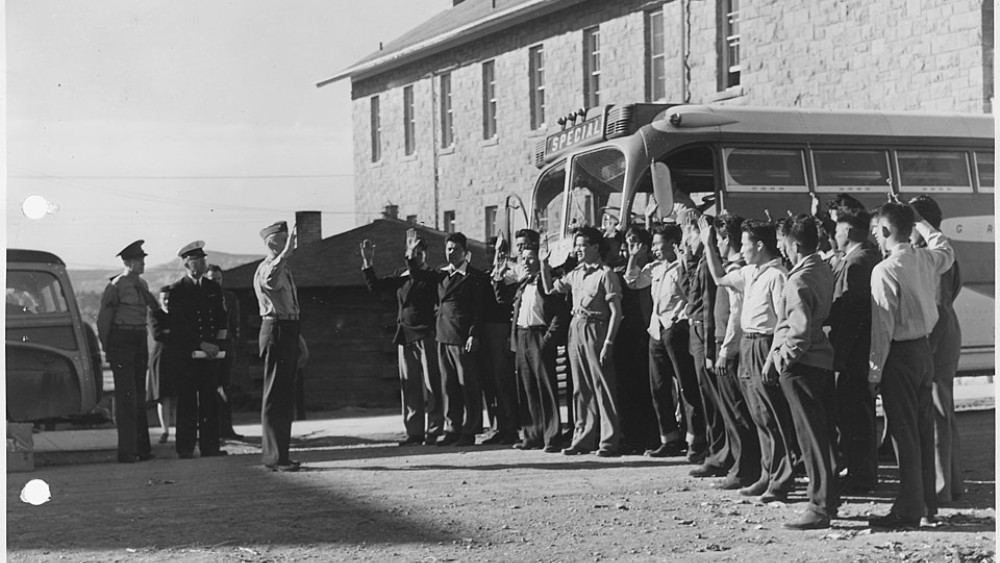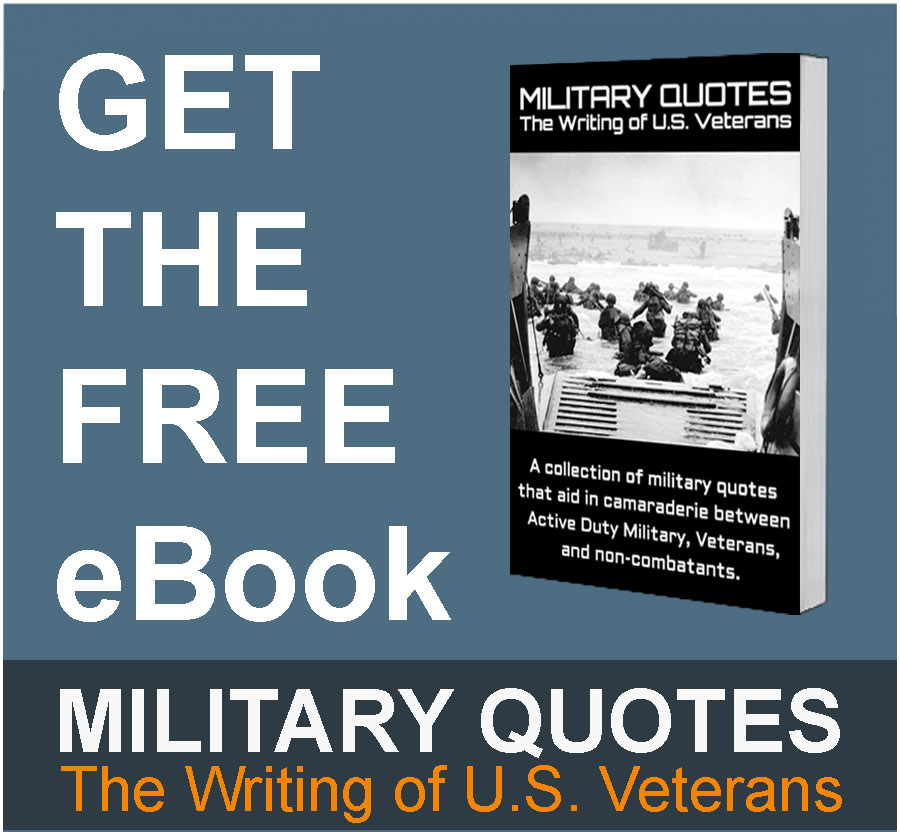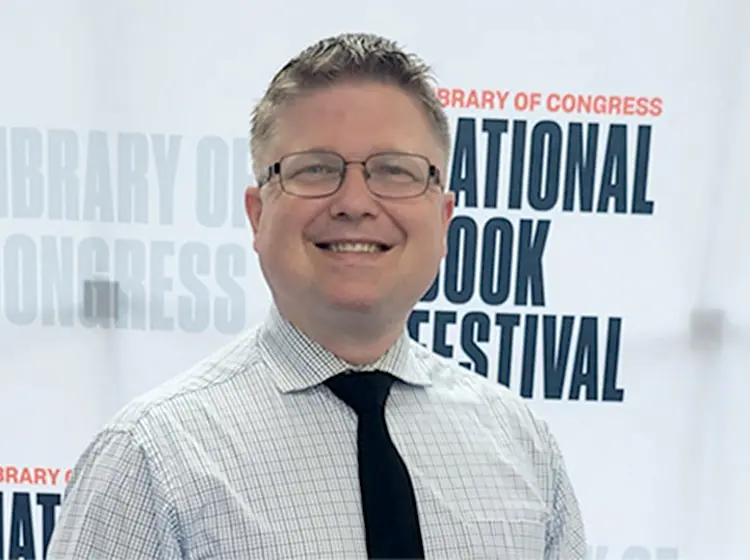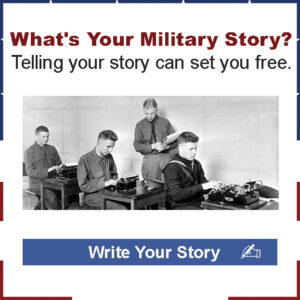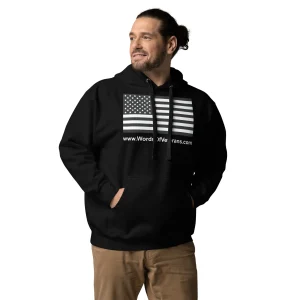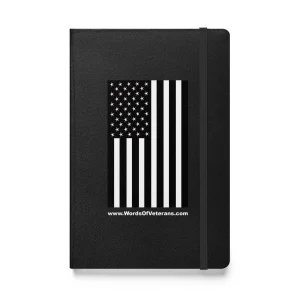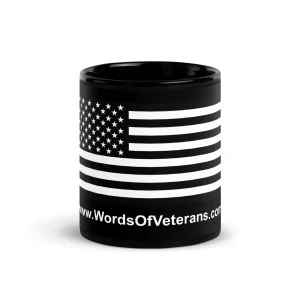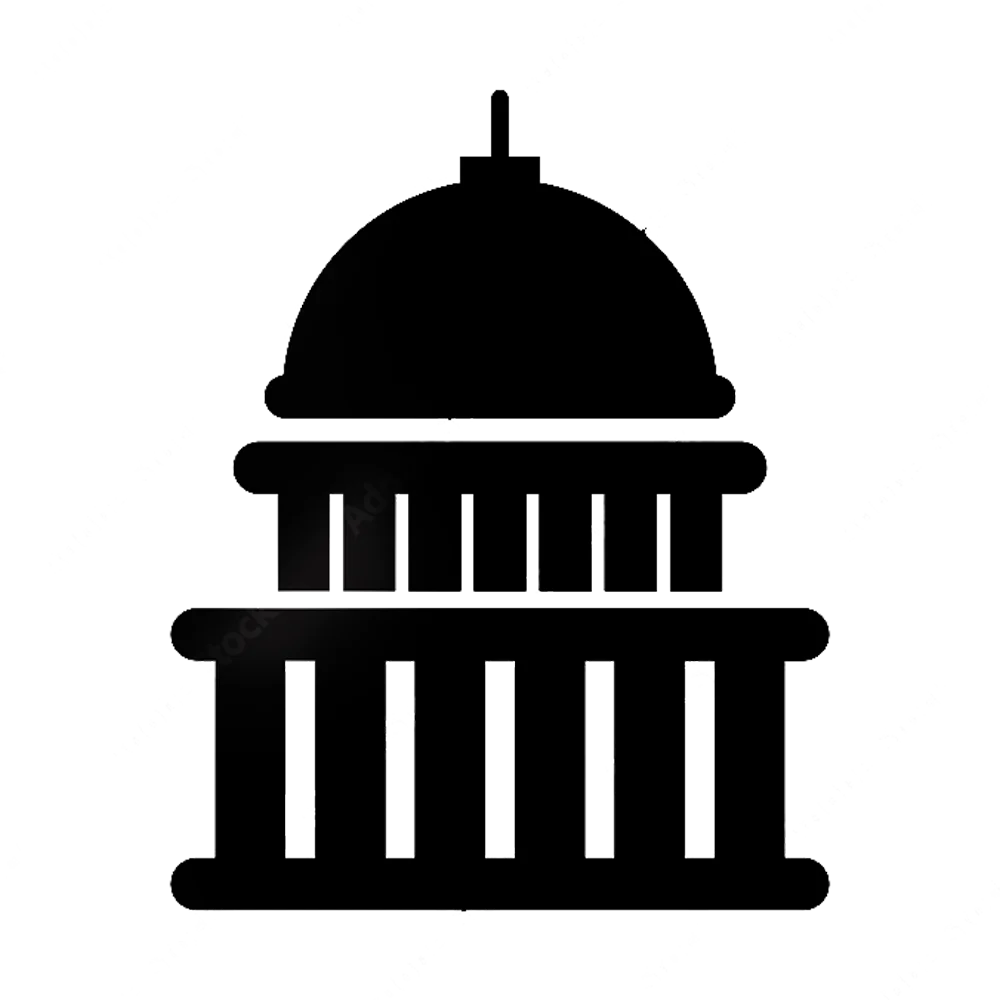The story of Philip Johnston is one of vision, determination, and an unbreakable bond with the Navajo people. While his name may not be as widely recognized as some historical figures, his contribution to World War II played a crucial role in securing victory in the Pacific Theater. Johnston was not a soldier on the front lines, but his idea to use the Navajo language as an unbreakable code changed the course of military communications forever.
A Childhood Shaped by the Navajo Culture
Born in Topeka, Kansas, on September 14, 1892, Philip Johnston was the son of a missionary, William Johnston. At the young age of four, Philip moved with his family to the Navajo Reservation in Arizona, where his father worked to foster peace between the Navajo people and Anglo settlers. This environment shaped Philip in profound ways. Unlike most outsiders, he didn’t just observe Navajo culture—he became part of it.
Young Philip spent his childhood playing with Navajo children, learning their customs, and mastering their language fluently. This unique upbringing would later prove invaluable, as it gave him insights into the complexity and exclusivity of the Navajo language. His early exposure to diplomacy also played a role in shaping his analytical mind. At just nine years old, he acted as a translator for Navajo leaders during a visit to Washington, D.C., where they met with President Theodore Roosevelt. This experience solidified his respect for the Navajo people and their unique linguistic heritage.
From Engineering to Military Service
Johnston’s academic journey led him to Northern Arizona Normal School (now Northern Arizona University) and later the University of Southern California, where he earned a graduate degree in civil engineering. He worked for the Los Angeles Water Department, but his heart never strayed far from the Navajo community.
During World War I, Johnston served in the U.S. Army’s 319th Engineers and spent time in France. It was here that he first heard of Native American languages being used as a military code. The Comanche language had been employed for secure communications, and this idea lingered in Johnston’s mind for years.
The Birth of a Revolutionary Idea
When the United States entered World War II, Johnston saw a way to use his knowledge of Navajo to aid the war effort. He read about Comanche code talkers in military training exercises. This led him to realize that the Navajo language had even greater potential.
Unlike most commonly spoken languages, Navajo was virtually impossible for non-Navajos to learn. It was an unwritten, highly complex language with no alphabet and intricate dialects. To an enemy attempting to intercept messages, it would be incomprehensible. Johnston believed that Navajo could be the perfect tool for encrypting military communications.
Determined to put his theory to the test, Johnston approached the U.S. Marine Corps with his proposal. Initially, military officials were skeptical. Could an Indigenous language really provide the level of security needed for wartime communications? But Johnston was persistent. He recruited four Navajo men working in Los Angeles shipyards and arranged a demonstration at Camp Elliot, San Diego.
Proving the Power of the Code
At the demonstration, officials divided the Navajo recruits into two groups and placed them in separate rooms with field phones. They gave them common military phrases to encode and transmit using their native language. The results were astounding. The messages were sent and received flawlessly—faster and more accurately than any existing encryption methods. The Marine Corps officers witnessing the test were immediately convinced. Major General Clayton B. Vogel, impressed by the effectiveness of the demonstration, recommended recruiting Navajos for military service.
From Experiment to Essential Wartime Strategy
On May 4, 1942, the first 29 Navajo recruits boarded a bus at Fort Defiance, Arizona, and headed for training at the Marine Corps Recruit Depot in San Diego. These men became the foundation of the Navajo Code Talkers program. Over the next several months, they developed a coded system based on their language, substituting military terms with common Navajo words. For example, a battleship was translated as “lo-tso” (whale), and a tank became “chay-da-gahi” (turtle).
This coded language was nearly impossible for the enemy to decipher. Unlike traditional ciphers, which could be broken with enough time and effort, the Navajo code had no written counterpart and was only understandable to fluent speakers. It became one of the most secure and effective communication methods of the war.
Philip Johnston’s Role in the War Effort
Johnston, recognizing the growing importance of the program, requested to be reinstated into military service. On September 22, 1942, he was given the rank of Staff Sergeant and assigned to oversee training and recruitment. He traveled across Navajo lands, encouraging young men to enlist and explaining the significance of their language in the war effort.
The program grew, with more Navajos being recruited and trained as Code Talkers. They served in major battles, including Guadalcanal, Iwo Jima, and Okinawa. Their encrypted messages helped coordinate troop movements, artillery strikes, and supply deliveries, playing a critical role in securing victory in the Pacific.
A Legacy of Honor
After the war, Johnston returned to civilian life, but the impact of his idea lived on. The Navajo Code Talkers remained unrecognized for decades due to the classified nature of their work. It wasn’t until much later that their contributions were acknowledged and celebrated.
Philip Johnston passed away on September 11, 1978, in San Diego, California. Though he was not a Navajo himself, his deep connection to the culture and his unwavering belief in the power of the Navajo language left an enduring mark on history.
Today, people honor the Navajo Code Talkers with monuments, museum exhibits, and Hollywood films that tell their stories. Johnston’s vision turned an ancient language into a modern-day weapon of war, helping to secure victory while preserving the rich linguistic heritage of the Navajo people.
Philip Johnston may not have been the one fighting on the battlefield, but he gave the U.S. Marines a secret weapon that changed the course of history. His story is a testament to the power of language, culture, and one man’s determination to make a difference.

